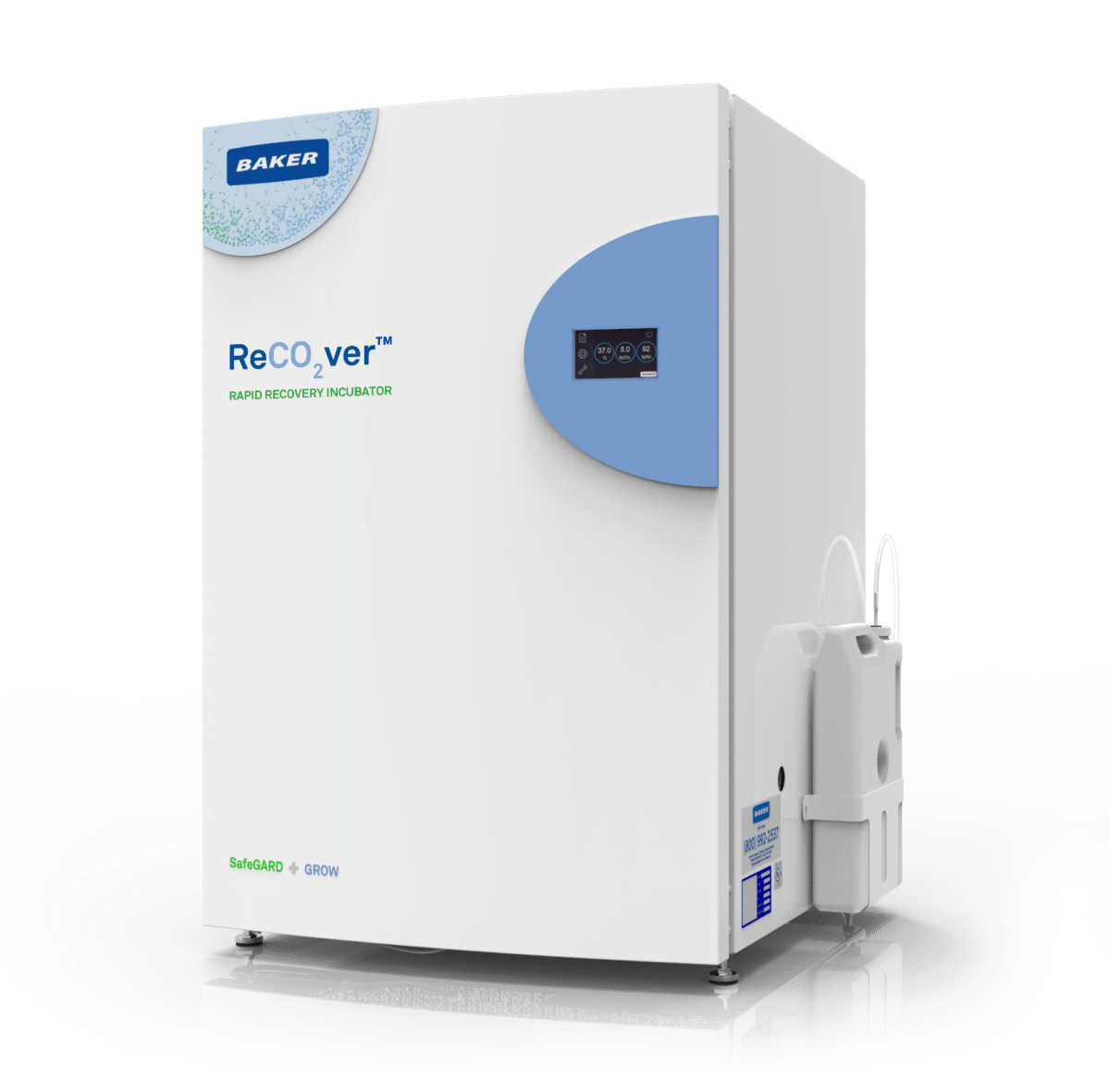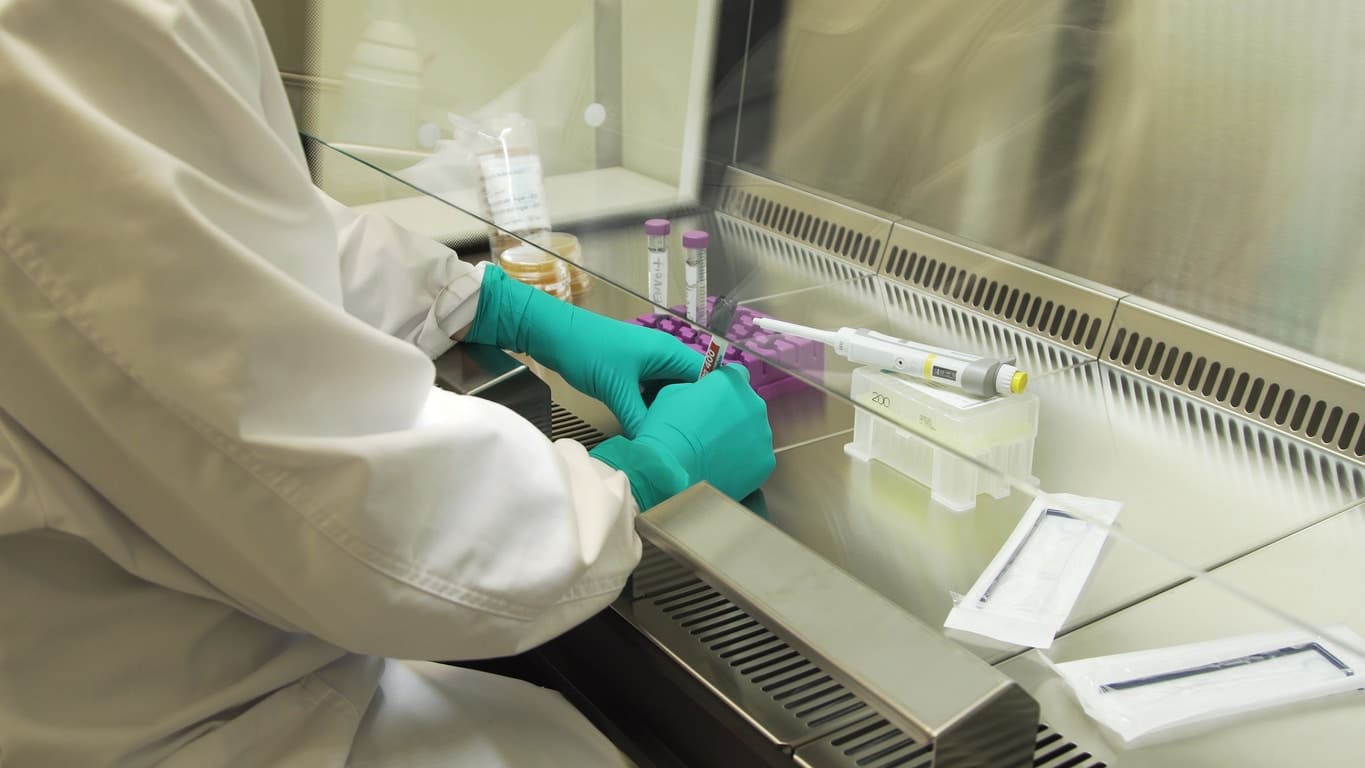CO2 Incubators provide a climate-controlled box that can grow and support biological cell cultures in an in vivo environment. They occasionally need to be decontaminated, and failure to do so could lead to unreliable cell growth and inaccurate test results. That’s why you must understand the decontamination cycle in a CO2 incubator.
Why Do I Need to Sanitize My CO2 Incubator?
Whether you use a CO2 incubator or have a specialist incu-shaker installed, you should have it sanitized monthly to avoid cross-contamination from bacteria, viruses and fungi. It’s normal for dust and dirt to circulate in the laboratory. Usually, there are around 100-1000 microorganisms per cubic meter within a contained atmosphere, affecting your incubator. That’s why it’s essential to clean it regularly.
CO2 Incubator Cleaning: General Knowledge
When decontaminating your CO2 incubator and attached equipment, such as a CO2 incubator shaker, wear disinfected gloves and avoid using spray-based detergents. You can use any cleaning material apart from lint. Apply a non-corrosive disinfectant to enable the cleaning process. If you are using a product that is around 70% alcohol, such as Ethanol, you must rinse the incubator first with distilled water.
As you start the decontamination cycle, use a 2% solution of an ammonium disinfectant within the water reservoir. Avoid using chlorine bleach in your CO2 incubator as it causes oxidization. This can corrode metals, such as copper and stainless steel, which can be toxic.
Quick Decontamination Cycles
Sometimes you may have an accident in your CO2 chamber and need to decontaminate its interior quickly. During this process:
- Remove the spill with your cloth from the CO2 Incubator
- Sterilize the water tray if it is contaminated
- Refill the tray with sterile distilled water
Regular/Monthly Decontamination Cycles

Decontaminate your CO2 incubator every 6-8 months as shown below:
- Move your specimens to a sealed container.
- Remove internal components, such as your incubator shaker, supports and shelves, and clean them separately with a dry cloth.
- Clean dirt, germs, dust and residue using soapy water from surfaces, shelves, corners, ducts, shelf supports and door gaskets.
- Use a non-toxic, botanical cleaner, then rinse the CO2 incubator before drying it with a cloth.
- Use a cloth to clean the interior chamber with a diluted quaternary ammonium disinfectant.
- Close the incubator door and turn on the heat to dry it.
- Refill the water reservoir with sterilized water and activate the CO2 incubator’s gas supply.
- Clean the external components of your CO2 incubator, and it is finished.
Do You Know How To Keep Your CO2 Incubator Clean?
Using a consistent decontamination cycle in your CO2 incubator can preserve different cell cultures for future experiments. If you are interested in purchasing CO2 Incubators, ARES has a wide range for you to choose from. To learn more about how ARES can help, make sure to contact by calling 1-844-444-2737 or emailing info@aresscientific.com. You can also fill out our contact form to have your questions answered by our team of experts.





